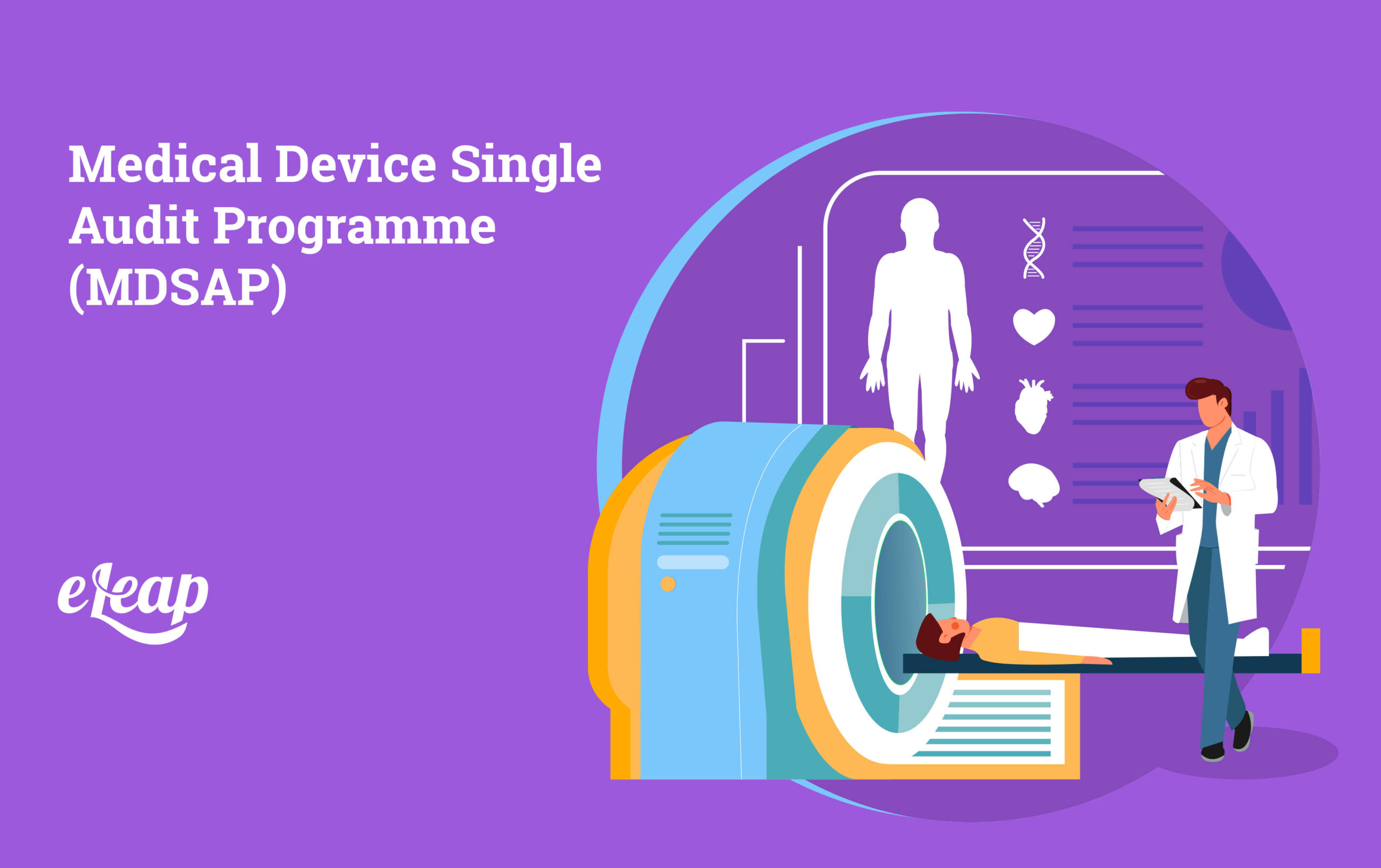Medical Device Single Audit Programme (MDSAP)

An international enterprise called the Medical Device Single Audit Programme (MDSAP) aims to shorten and match medical device regulations. The International Medical Device Regulators Forum (IMDRF) established MDSAP, which removes the need for self-governing checks by each national regulatory body by letting medical device makers experience a single audit that pleases the regulatory standards of several member nations.
MDSAP’s main objective is to guarantee the safety and caliber of medical devices while improving the efficacy and efficiency of the regulatory procedures. MDSAP lessens the regulatory burden on producers and promotes easier cross-border market access for medical devices by harmonizing audit standards and guidelines.
International partners taking part in the MDSAP include:

The Medical Device Single Audit Programme (MDSAP) was started in January 2022 with the collaboration of multiple nations. Each nation supports the program by acknowledging shared auditing standards and procedures. Controlling agencies from numerous countries who have agreed to participate in this enterprise to expedite the medical device supervisory process are followers of MDSAP. Please be alert that the affiliation list is subject to change at any time, so it’s best to check the most recent details for the most updated list. As of my most recent update, the following members are involved:
Members of the Medical Device Single Audit Programme (MDSAP)
- United States (Food and Drug Administration, or FDA): The FDA is a significant contributor to MDSAP, helping to design and carry out standardized auditing procedures. The FDA is necessary to guarantee the effectiveness and security of medical devices for the American market.
- Canada (Health Canada): Health Canada is the controlling body guaranteeing medical devices are harmless and active in Canada. Health Canada works with additional participating nations via MDSAP to grow a common strategy for checking medical device manufacturers.
- Australia (Therapeutic Goods Administration – TGA): TGA is the supervisory agency that manages the excellence and security of medicinal products, including medical devices. By contributing to MDSAP, Australia can encourage international uniformity by working with other contributing nations’ regulatory necessities.
- Brazil: The Agência Nacional de Vigilância Sanitária, or ANVISA, is Brazil’s health regulatory body managing medical devices. ANVISA expects to improve its regulatory procedures and promise the efficiency and security of medical devices introduced into the Brazilian market by contributing to MDSAP.
- Japan (the PMDA, or Pharmaceuticals and Medical Devices Agency): Japan’s medical device and pharmaceutical regulating body is named the PMDA. By functioning with other MDSAP affiliates, Japan can regulate its auditing events and streamline market access for medical devices.
Official MDSAP Observers:
- The Medicines and Healthcare Products Regulatory Agency (MHRA) of The European Union (EU); United Kingdom, The World Health Organisation (WHO) Prequalification of In Vitro Diagnostics (IVDs) Programme
- The Domestic Administration of Foods Drugs, the Federal Commission for Protection from Sanitary Risks (COFEPRIS) of Mexico (NEW), Medical Devices (ANMAT) of Argentina, and the Ministry of Health of Israel are MDSAP Affiliate Members.
The Ministry of Food and Drug Safety of the Republic of Korea and the Health Sciences Authority (HSA) of Singapore.
Taiwan Food and Drug Administration, or TFDA (NEW)
Regulatory bodies from participating nations, observers, and the MDSAP Consortium—which oversees the program’s general administration and coordination—generally comprise the MDSAP organization.
It’s vital to remember that if other nations show interest in joining the program, the MDSAP membership may grow or change over time. This cooperative project hopes to save manufacturers’ duplication and promote cross-border trade in the medical device sector by establishing a global standard for medical device audits.
Essential Elements of MDSAP
- Participating Countries: MDSAP includes nations with well-established medical device regulatory systems. These nations work together to develop a standardized procedure for inspecting and tracking medical device producers.
- Single Audit Process: Manufacturers are subjected to a single audit under MDSAP, which evaluates their compliance with various national regulatory standards. All collaborating regulatory bodies approve the auditors conducting this expedited process.
- Harmonized Requirements: MDSAP harmonizes a set of standards and criteria for evaluating medical devices by bringing the regulatory requirements of participating nations into line. This covers guidelines like ISO 13485, which is concerned explicitly with medical device quality management systems.
- International Recognition: The fact that MDSAP audit reports are acknowledged and accepted by regulatory bodies in participating nations is a significant benefit of the program. For producers looking to enter various markets, this acknowledgment lessens the need for duplication of effort and promotes market access.
- Regulatory Cooperation: MDSAP encourages member nations to cooperate on regulations. Controlling bodies cooperate in exchanging information and updates and best performing medical device laws, endorsing a more effective and unchanging regulatory environment worldwide.
- Risk-Based Method: MDSAP uses a checking methodology based on risk, allowing regulatory bodies to deliberate on areas where patient security and product excellence are at more significant risk. This promises that funds are spent where they are most essential.
- Continuous Improvement: The MDSAP program strongly emphasizes ongoing updates and adjustments to consider stakeholder comments, regulatory changes, and technological improvements. This assures that the package will continue to be valued and relevant.
- Inspiring Market Access: Producers who pass the MDSAP audit process can utilize the audit reports to verify their devotion to international regulatory standards. This drops regulatory hurdles and regulates the market entry procedure.
International regulatory bodies have linked forces to generate the Medical Device Single Audit Programme (MDSAP), which aims to simplify the inspection procedure for medical device producers. By applying a risk-based plan and matching harmonization requirements, MDSAP progresses market accessibility, rationalizes regulatory processes, and develops the worldwide coordination of medical device regulations.
It is directed to confirm any updates or alterations to the MDSAP structure, counting adding affiliate fellows, by writing the MDSAP Consortium or other pertinent regulatory bodies involved in the program, as these are the certified sources of the most current information. Regarding the MDSAP’s membership categories and organizational structure, these organizations would have the most current and accurate information.